From Beyoncé's horsefly to Lady Gaga's fern, these plants and animals are named after celebrities
What's in a name?

There are many reasons scientists choose particular names for their new discoveries but how exactly do they come up with the names? The classification is based on the method introduced by Carolus Linnaeus, the father of modern taxonomy. You take the organism's genus as the first part, then add the new species name, whether that's inspired by a family member or, in this case, their favourite celebrity. From a succulent with a musical connection to a mushroom named after a famous sponge, these plants and animals have all been named after celebrities.
Beyoncé horsefly
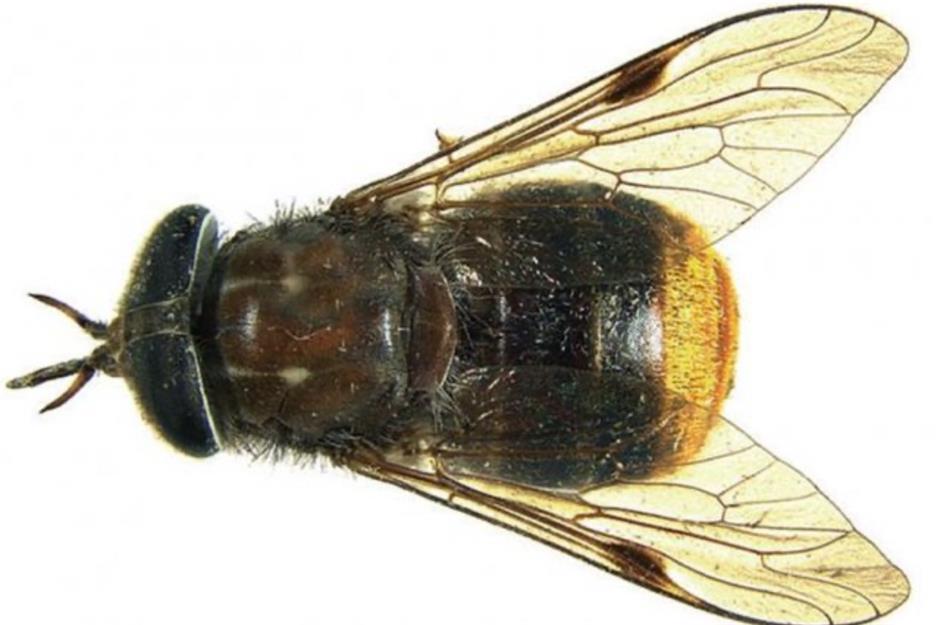
Although this species of horsefly was discovered as early as 1981, it wasn't scientifically described until 2011 by research scientist Bryan Lessard who named it Scaptia beyoncea. “It was the unique dense golden hairs on the fly’s abdomen that led me to name this fly in honour of the performer Beyoncé as well as giving me the chance to demonstrate the fun side of taxonomy – the naming of species,” he said in a public announcement.
Kate Winslet beetle

Michelle Obama orchid

Taylor Swift millipede
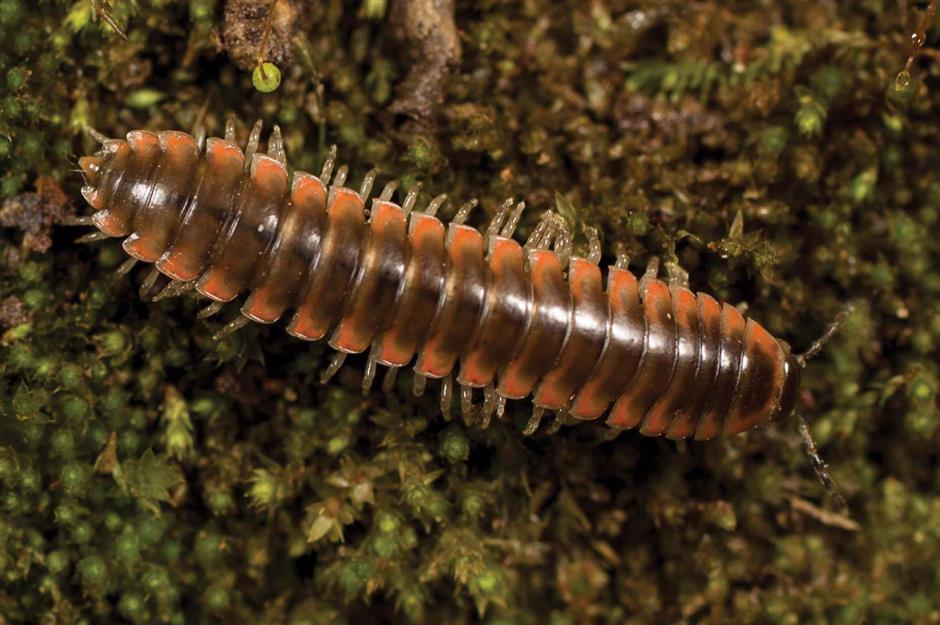
The Grammy and Emmy award winner now has a millipede named after her. A twisted claw millipede called Nannaria swiftae to be exact. The new species was found in the Appalachian Mountains in 2022 in Tennessee after a study through 17 US states specifically aimed at finding new species of the composting millipede. The lead scientist on the project was Derek Hennen, who is a huge fan of Taylor Swift. He said: "Her music helped me get through the highs and lows of graduate school, so naming a new millipede species after her is my way of saying thanks.”
Brad Pitt parasitic wasp

Brad Pitt was honoured in 2016 when a new wasp species was named after him. Conobregma bradpitti, is a parasitic wasp native to South Africa. The wasp measures less than two millimetres in length and is deep brown in colour with a brownish-yellow head, antennae and legs. It belongs to a large worldwide group of wasps who lay their eggs into a host, which then starts hardening and acts as a 'mummified' cocoon.
Love this? Follow our Facebook page for more travel inspiration
Sir David Attenborough dinosaur
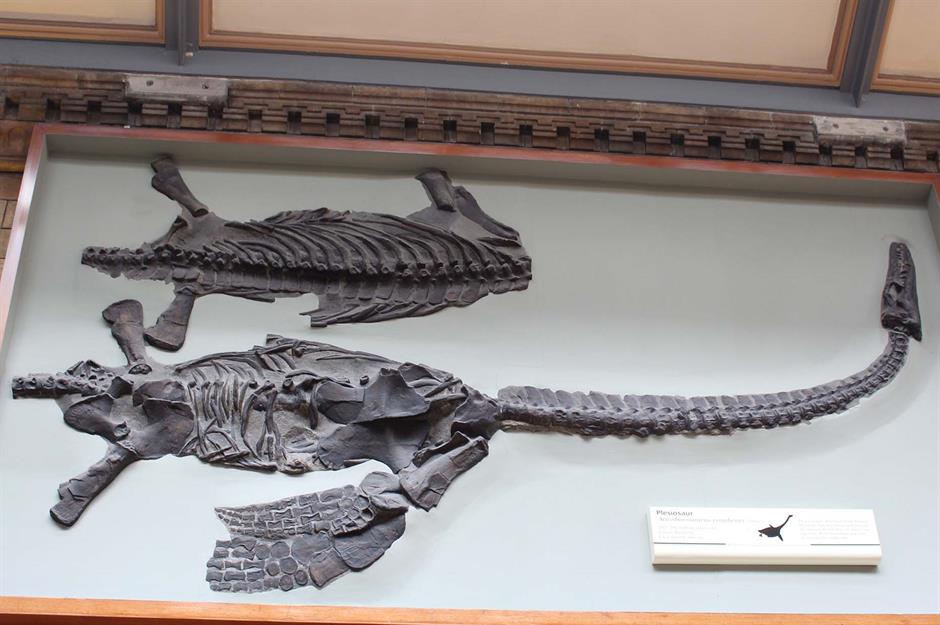
Lady Gaga ferns
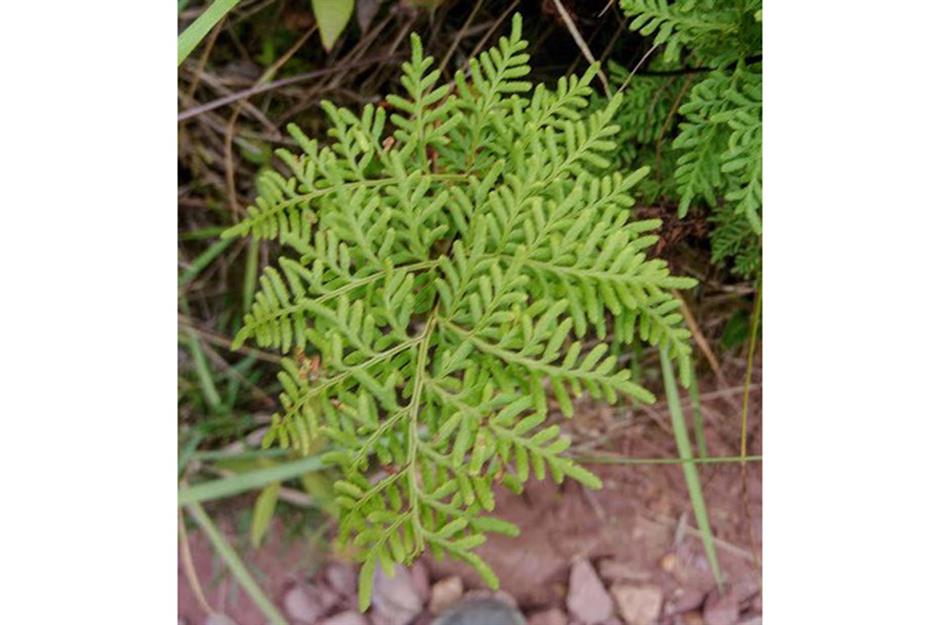
Jennifer Lopez aquatic mite

Shakira parasitic wasp
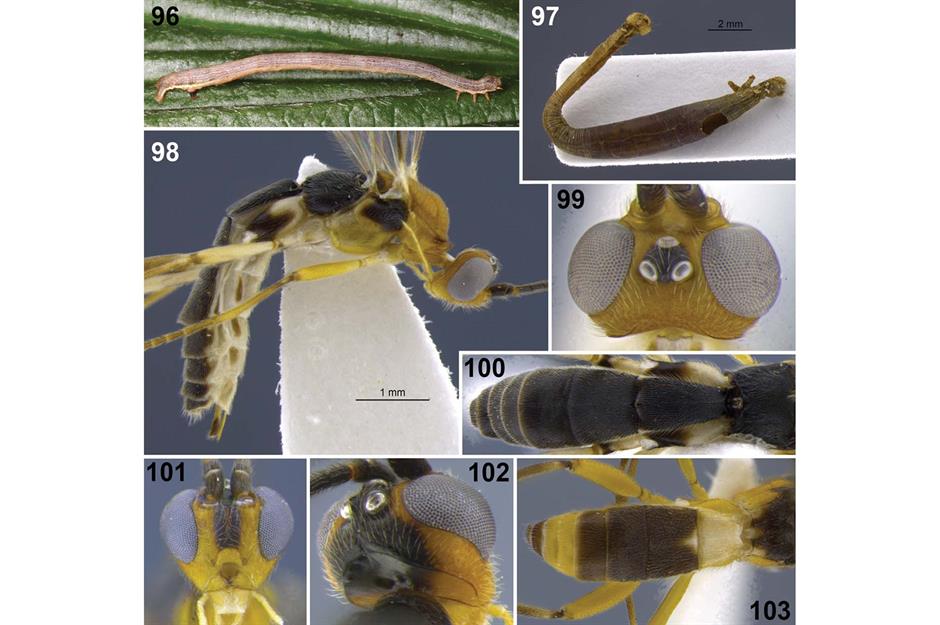
Aleiodes shakiraeafter is a parasitic wasp whose sting causes host caterpillars to move in a way that reminded the scientists of Shakira’s dance moves. Discovered by Dr Eduardo Shimbori and Dr Scott Shaw in the cloud forests of Ecuador, Dr Shaw said: "These wasps are helping to naturally control the populations of plant-feeding caterpillars, so they help to sustain the biodiversity of tropical forests."
Take a look at amazing worldwide wonders we've just discovered
Sting frog

Tobey Maguire spider

Andrew Garfield spider
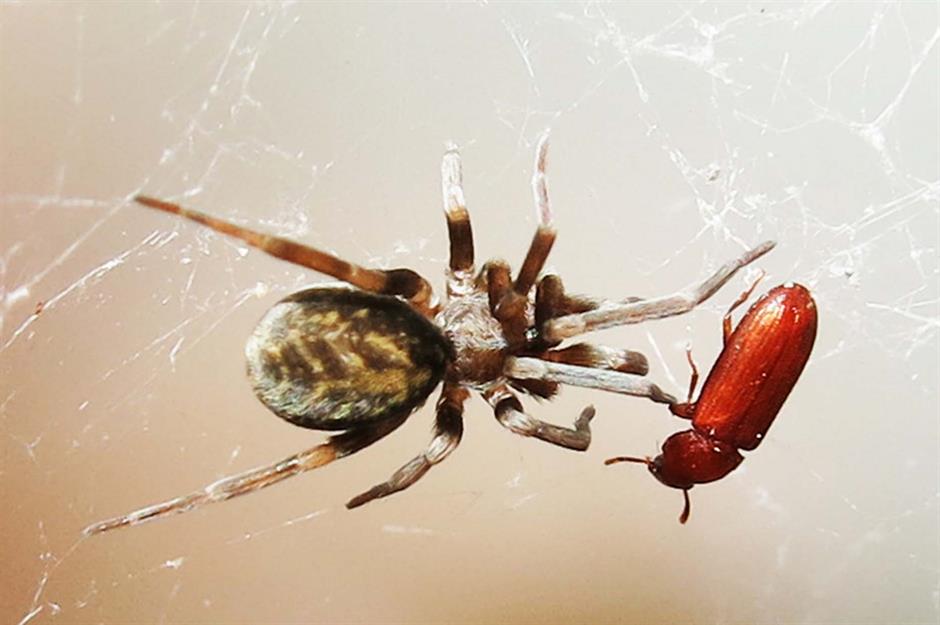
Stephen Colbert beetle

Angelina Jolie trapdoor spider
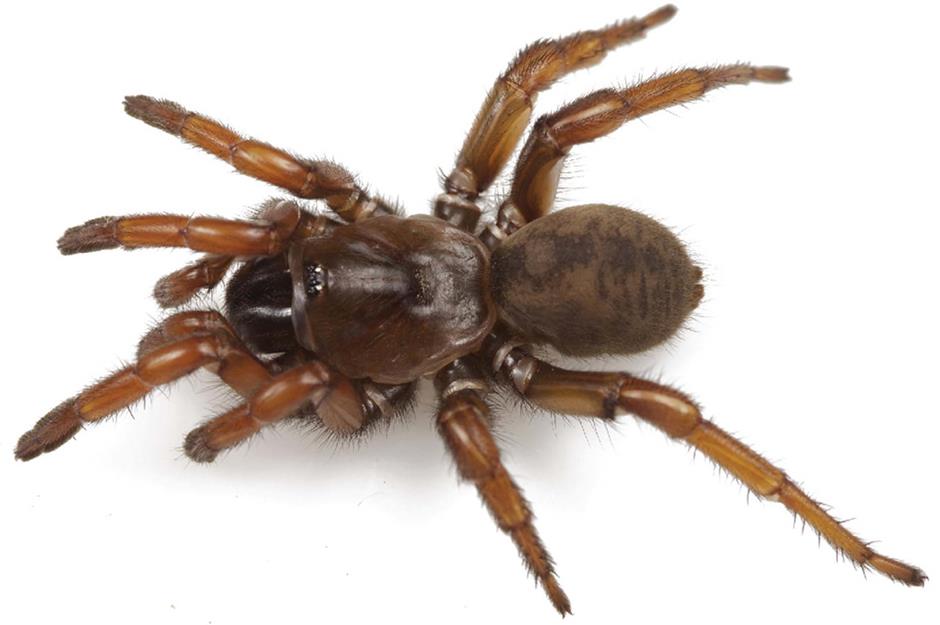
Jimi Hendrix succulent

Famous for his musical talents, Jimi Hendrix will also be remembered in the botanical world, thanks to a succulent that was discovered in Baja California, in Mexico by Stephen McCabe, a retired botanist. At the exact moment of discovery, he was listening to Hendrix’s song Voodoo Child and so the Dudleya hendrixii was named in his honour.
Leonardo DiCaprio tree
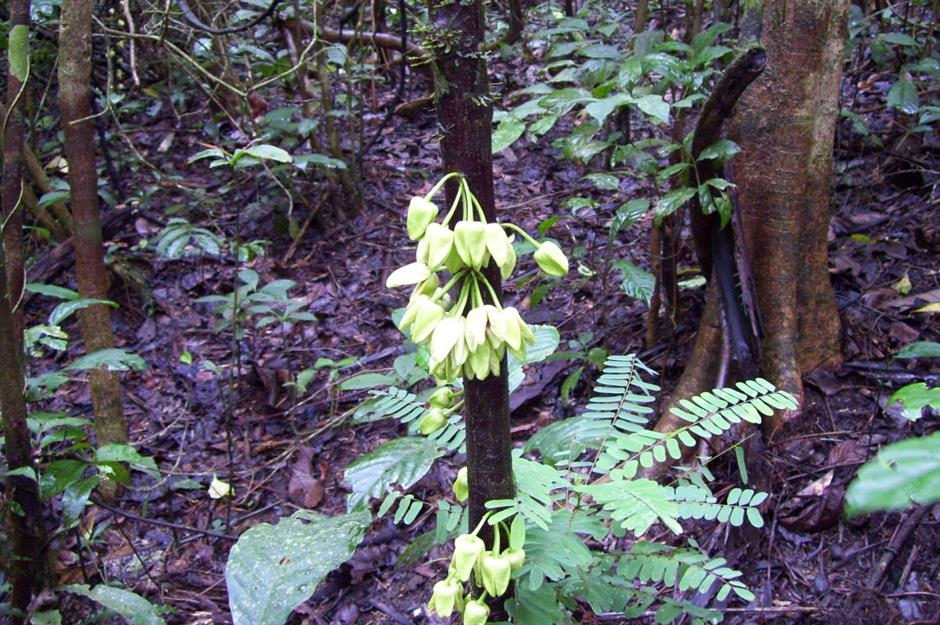
Barack Obama lichen
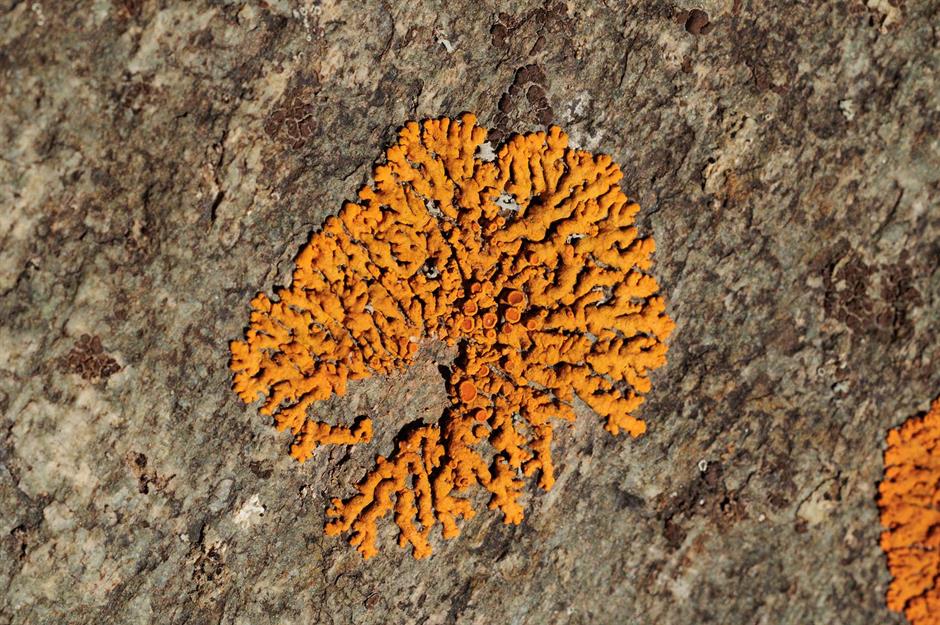
John Cleese lemur

Monty Python and Fawlty Towers legend John Cleese has a woolly lemur named after him. Avahi cleesei, also known as Cleese's woolly lemur, was so named by scientist Urs Thalman in 2005 to honour Cleese’s fondness for lemurs. The famous actor has worked on several projects featuring the plight of lemurs, including the film Fierce Creatures and documentary Operation Lemur With John Cleese. Here, the actor is pictured with a red ruffed lemur at Bristol Zoo.
Elvis worm
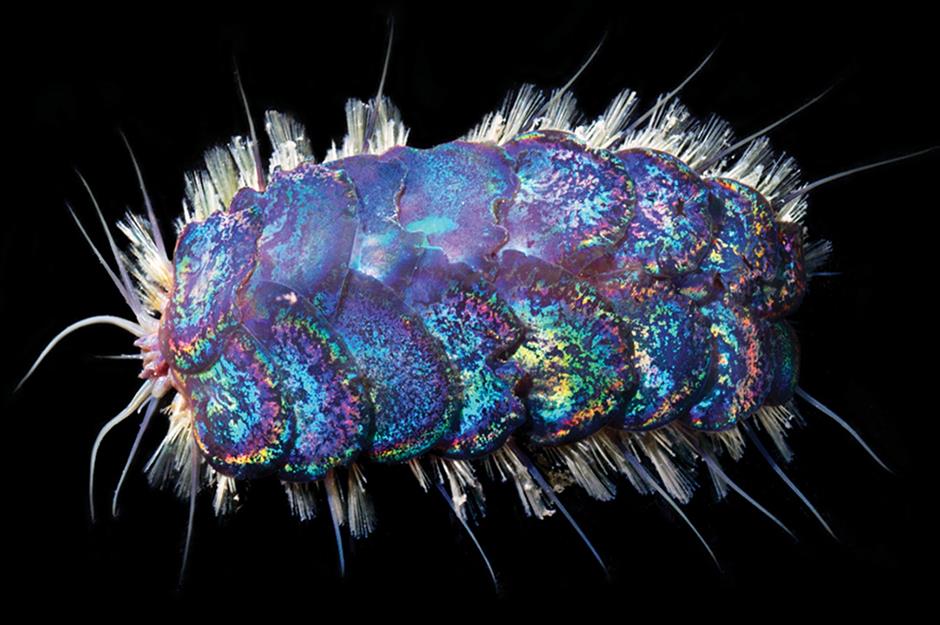
Discovered in 2020, some 13,000 feet (4,000m) underwater in the Gulf of California, these iridescent bugs were quickly nicknamed Elvis worms (or Peinaleopolynoe, officially) because their sparkles reminded scientists of the King of Rock n' Roll's famous jumpsuits. Researchers said the creatures were typically found on the carcasses of dead whales, as they are thought to feed on the bacteria that grow in these types of habitats.
Comments
Do you want to comment on this article? You need to be signed in for this feature